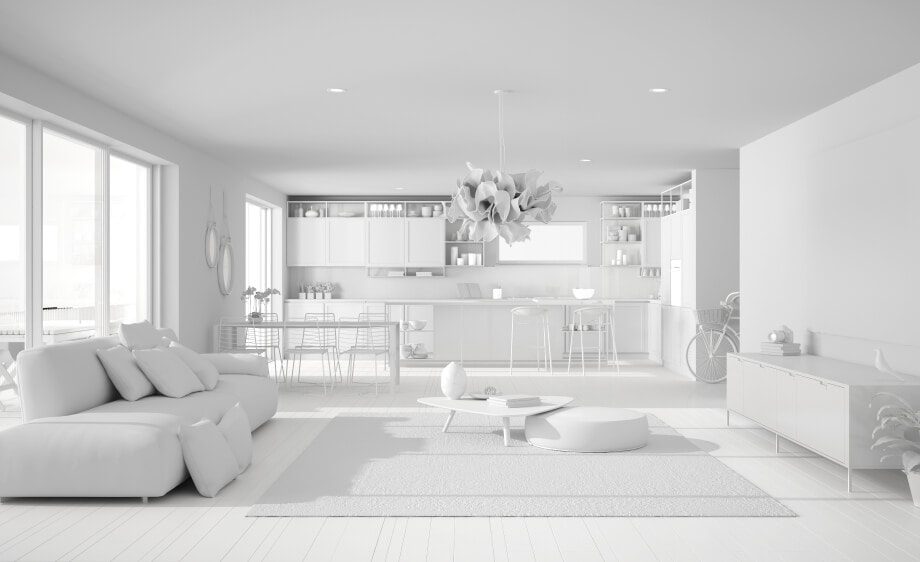Introduction
When it comes to renovating or building a new bathroom, plastering bathroom walls is one of the most important steps to get that smooth, clean, and moisture-resistant finish. Whether you’re doing it yourself or hiring a professional, understanding the process and benefits can make all the difference.
What is Bathroom Plastering?
Bathroom plastering is the process of applying a smooth, even layer of plaster on bathroom walls and ceilings. This step is crucial for creating a waterproof and mold-resistant surface before painting or tiling. Plaster helps seal the surface, making it more durable and aesthetically pleasing.
Why Plastering is Different in Bathrooms
Bathrooms are high-moisture areas, which means standard plastering won’t work. Special materials like moisture-resistant plasterboards and water-resistant finishes are used to prevent dampness, mold, and decay.
Tools and Materials You’ll Need
Before starting, gather the essential tools and materials:
-
Moisture-resistant plasterboard
-
Waterproof bonding agents
-
Trowel and hawk
-
Corner beads
-
Joint tape
-
Plaster mix (multi-finish or waterproof)
-
Sandpaper
-
Primer
Pro Tip by Bouwsector Nederland: Always choose water-resistant plaster like cement-based plaster or specially designed bathroom plasters to ensure long-term durability.
Step-by-Step Guide to Plastering a Bathroom
Step 1: Prep the Surface
Clean the walls thoroughly. Remove any old paint, debris, or dust. Apply a bonding agent to help the plaster stick better.
Step 2: Fix the Plasterboard
If the wall is uneven or damaged, attach moisture-resistant plasterboards to create a smooth base. Secure them properly using screws and seal the joints with waterproof tape.
Step 3: Apply Corner Beads
Corner beads help create strong, straight edges. Fix them at the corners of the walls using plaster or screws.
Step 4: Mix the Plaster
Follow the manufacturer’s instructions and mix the plaster until it’s creamy and lump-free. Avoid over-mixing, as it can cause the plaster to set too quickly.
Step 5: First Coat (Scratch Coat)
Apply the first coat evenly using a trowel. Spread from the bottom to the top. Use a scratch tool to lightly scratch the surface – this helps the second coat stick better.
Step 6: Second Coat (Finishing Coat)
Apply a thin second coat for a smooth finish. Use wide strokes and ensure the surface is even.
Step 7: Smooth and Sand
Once dry, sand the surface gently using fine-grit sandpaper. The goal is a smooth and level surface ready for paint or tiles.
Waterproofing and Final Touches
After plastering, the next vital step is waterproofing. Apply a waterproof primer or sealant over the plastered surface. This ensures protection against water penetration and mold growth.
Bouwsector Nederland Suggests: Use mold-resistant paints or waterproof tiles over plastered walls for extra protection and longevity.
DIY vs Hiring a Professional
When You Can DIY
If you have some experience with plastering, doing a small bathroom by yourself can save money. Just ensure you’re using the right materials and follow safety steps.
When to Call a Pro
For larger bathrooms or if you’re unsure of the steps, hiring a professional ensures a smooth, long-lasting finish. Professionals can also handle curved surfaces, awkward corners, or old buildings with tricky layouts.
Maintenance Tips for Plastered Bathrooms
-
Regularly clean walls to prevent mold
-
Use an exhaust fan to control humidity
-
Repaint or reseal every few years
-
Address leaks immediately
FAQs: Plastering Bathroom
Q1. Can you plaster over tiles?
No. You should remove old tiles before plastering to ensure the plaster bonds correctly with the wall.
Q2. How long does bathroom plaster take to dry?
Standard plaster takes 2-3 days to dry. In humid conditions, allow 5-7 days. Use a fan or dehumidifier to speed up the process.
Q3. What kind of plaster is best for bathrooms?
Use cement-based plaster or moisture-resistant plasters specifically made for high-moisture areas like bathrooms.
Q4. Can I tile directly on plaster?
Yes, but make sure the plaster is fully dry and primed with a tile adhesive primer.
Q5. How thick should bathroom plaster be?
Standard thickness is 2-3mm for finishing plaster and up to 10mm if using a base coat or plasterboard layer.
🏢 Why Choose Bouwsector Nederland?
At Bouwsector Nederland, we believe in quality, durability, and expert craftsmanship. Whether you’re planning a full bathroom renovation or a minor touch-up, our experienced plastering specialists ensure a perfect finish that stands the test of time. With top-grade waterproof materials and modern techniques, we deliver results that look great and last longer.
📌 Conclusion
Plastering your bathroom is a key step in achieving a clean, polished, and water-resistant space. Whether you’re tackling the job yourself or relying on the professionals at Bouwsector Nederland, understanding the process ensures better results and fewer issues down the road. With the right materials and proper steps, your bathroom walls will be ready for any finish you choose—be it paint, wallpaper, or tiles.


 :
: